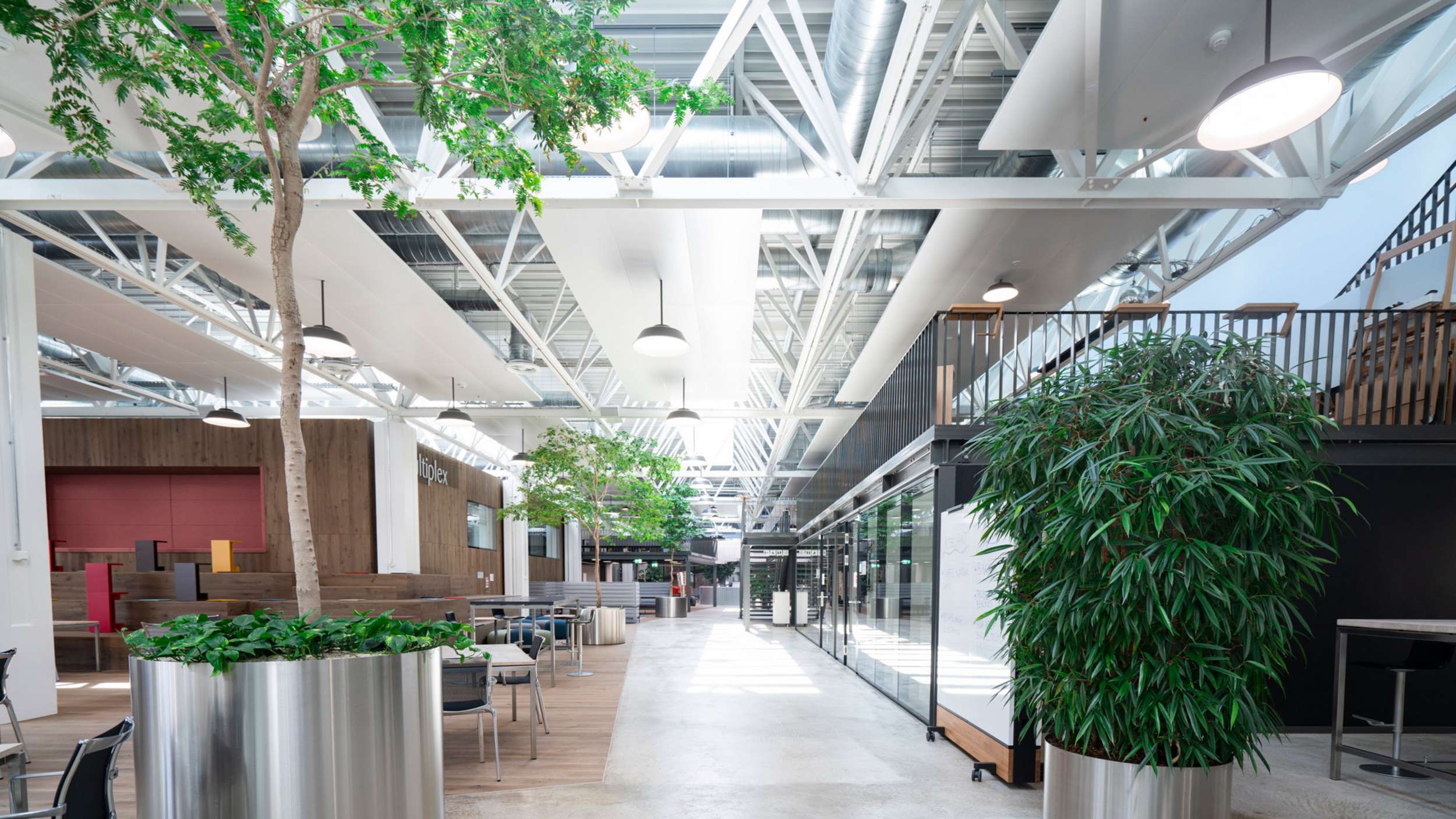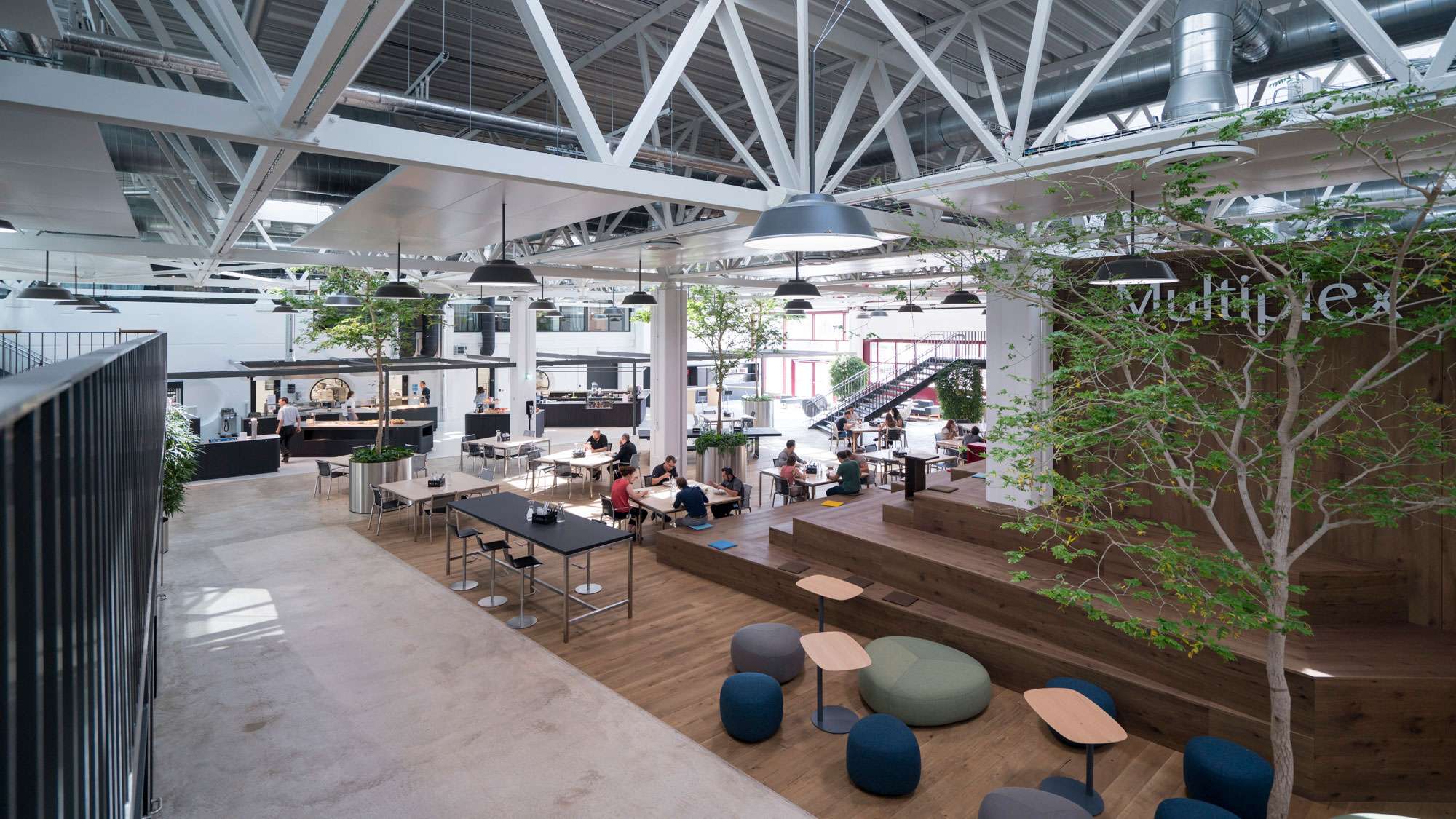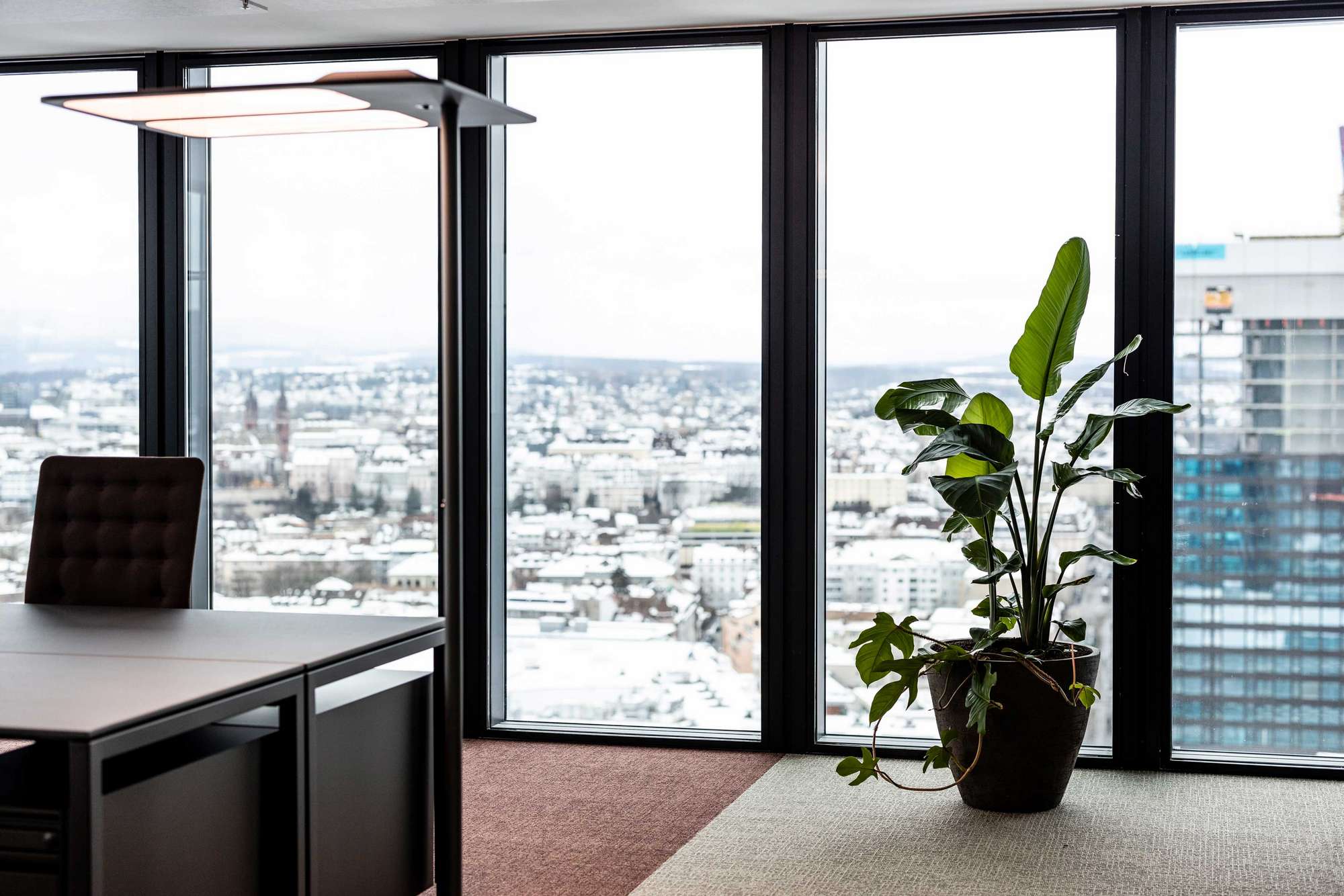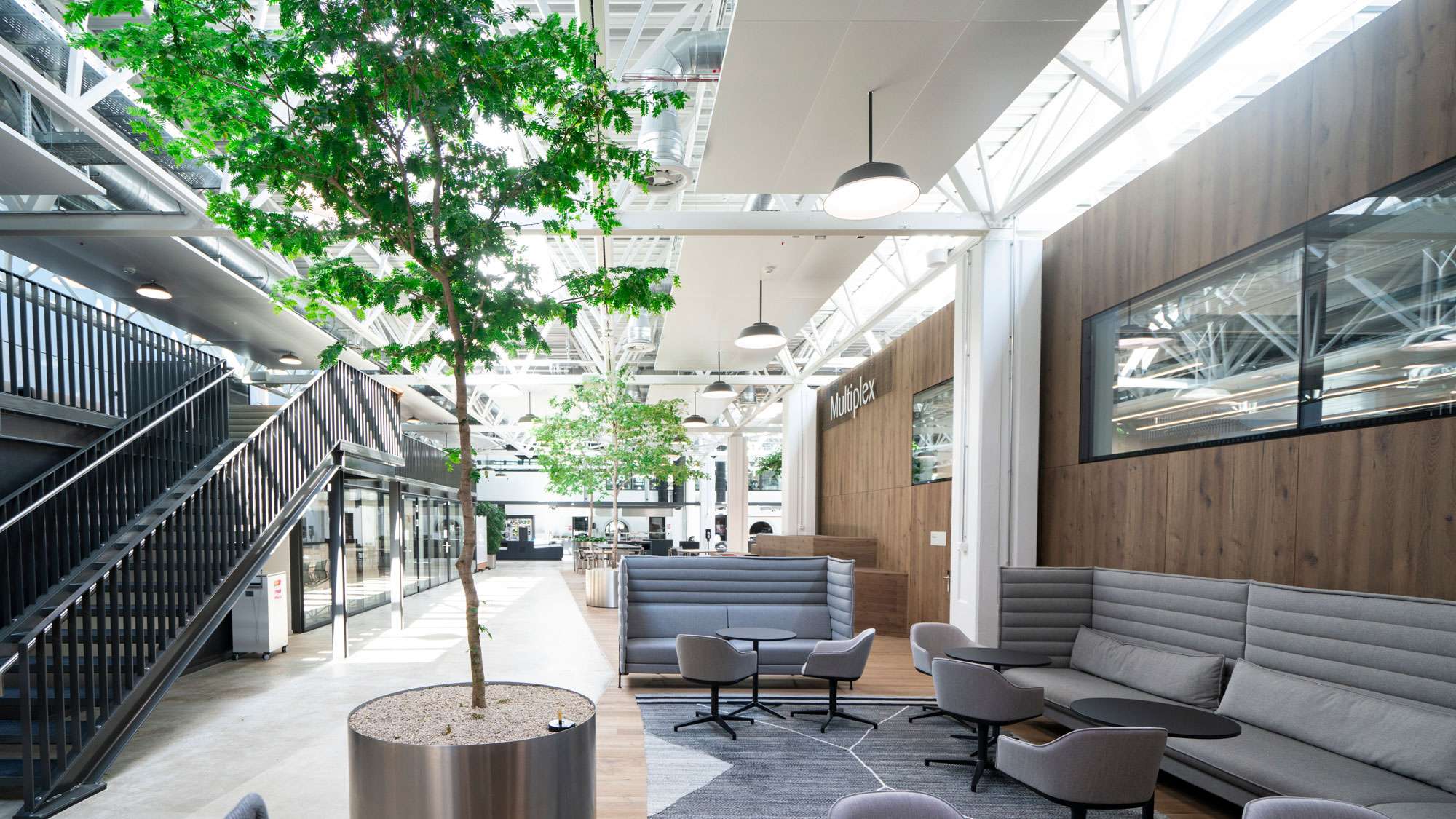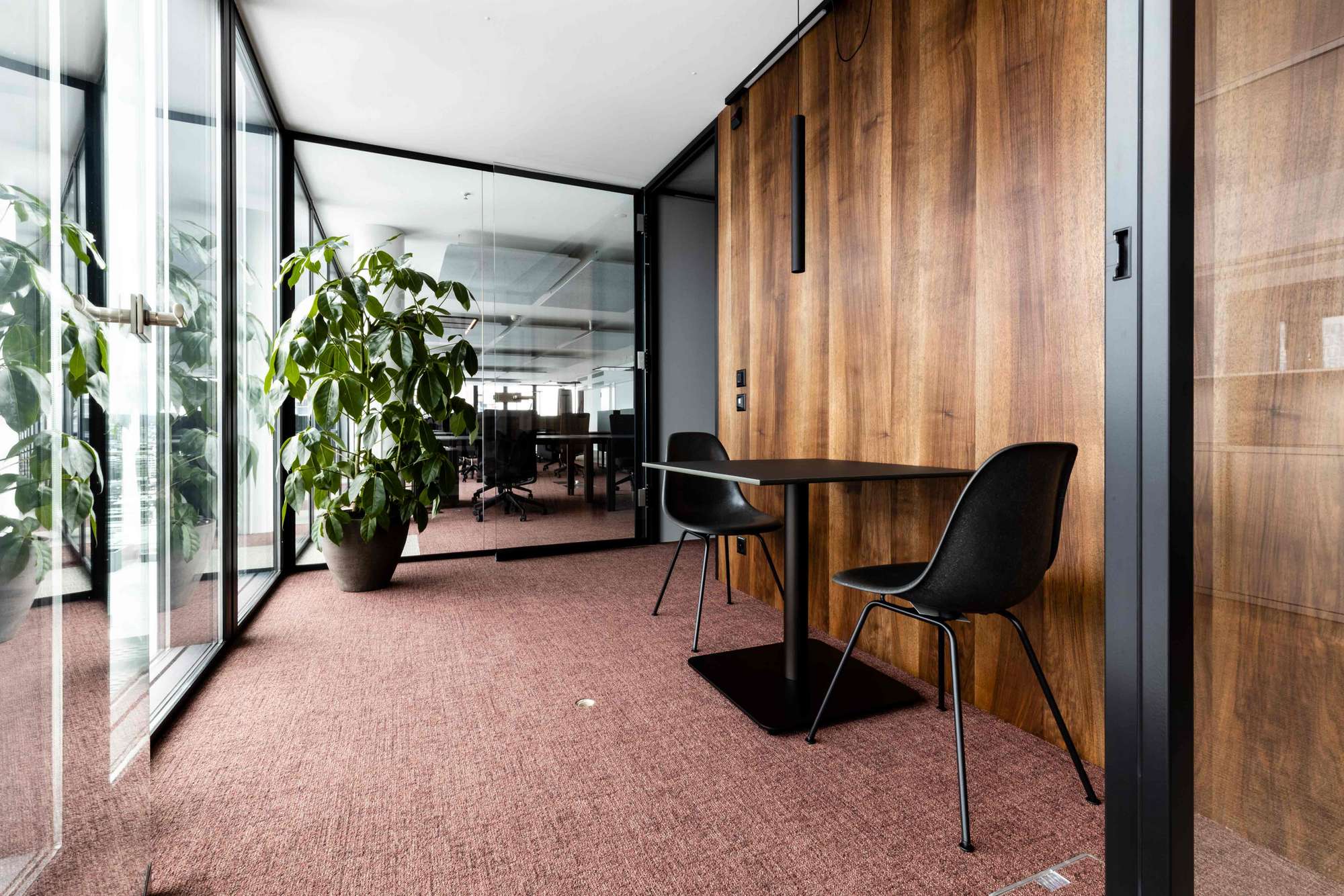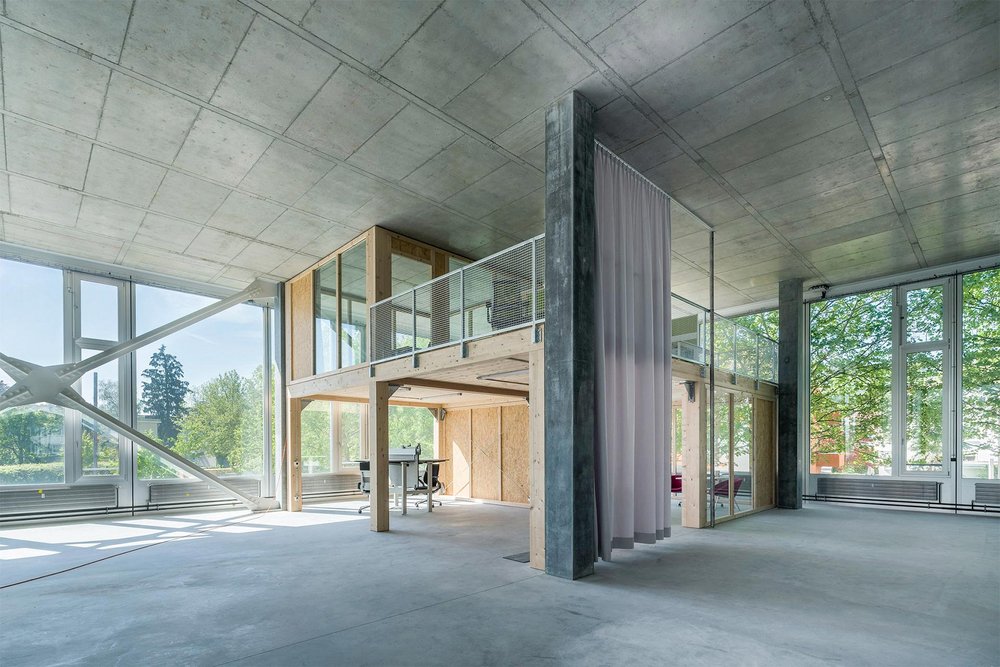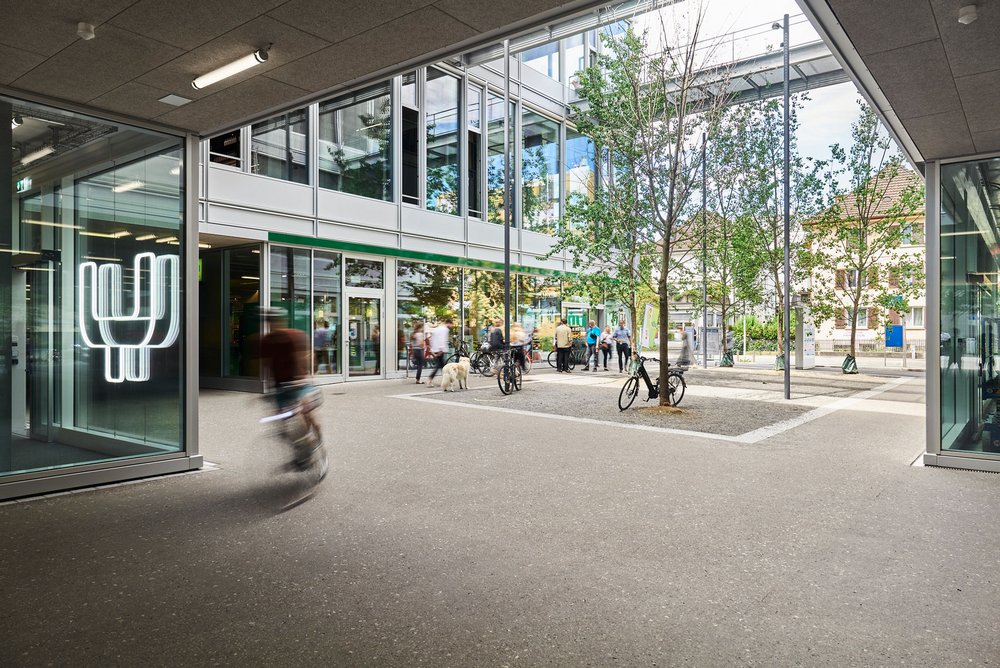Story Detail
The Healthy Building
In future, health-conscious people won’t just be keeping a close eye on what they put in their bodies; increasingly, they’ll also be looking at the spaces in which they spend their lives. It’s high time to tackle the «sick building syndrome» identified by the Federal Office of Public Health, and make both homes and offices places that promote health and boost productivity. Due to the pandemic, such aspirations are gaining traction among everyone from real estate owners, tenants and users to public authorities and policy makers. This is a matter of economic interest, too: according to a study by Harvard University, healthy buildings can significantly lower rates of employee absenteeism and health costs for employers.
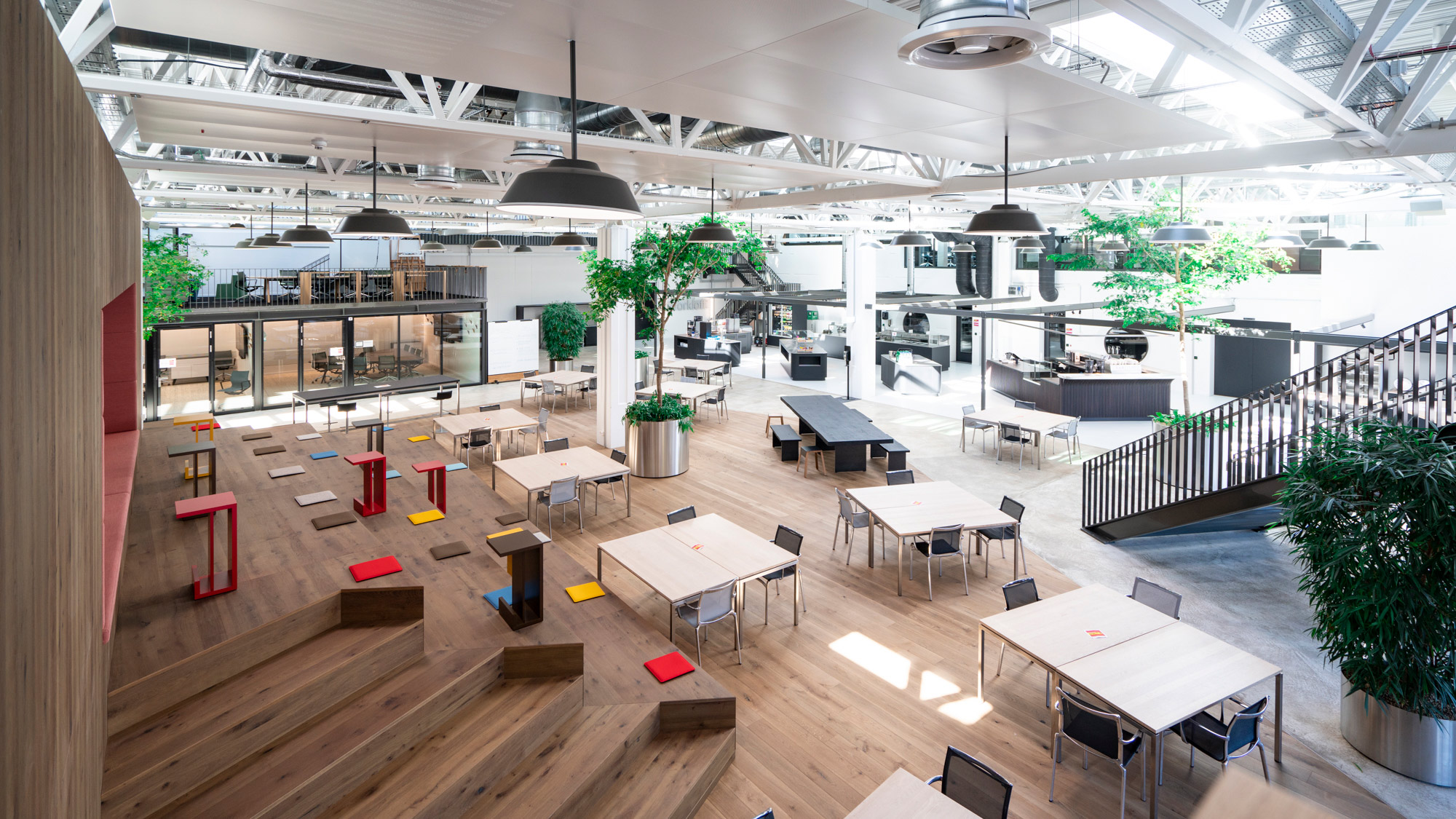
Making people the focus
Real estate companies like Swiss Prime Site strive to optimise the well-being of users. This calls for smart, human-centred technology for adaptive infrastructure and bespoke services tailored to the user. According to the Healthy Building Network knowledge platform, the focus is on achieving an optimal indoor climate, ventilation and lighting quality, acoustics and invigorating interior design. The following examples give some ideas of the form that such office properties might take.
First impressions count
You enter the property via an automatic sliding or revolving door. Hand sanitiser stations are provided in the lobby as standard. Body temperature is measured as you pass by. If this is within the appropriate range, you can proceed into the rest of the building, perhaps by scanning your hand. A lift concept that interacts with the overall system, like the one that has long been an established feature of the Prime Tower in Zurich, carries the identified person straight up to the right floor. The lifts are equipped with air purifiers that remove germs from the air within.
Promoting health and productivity
In future, the communal and transit areas will be much more spacious, so that employees can move about more often and more flexibly, and meet each other and exchange ideas more easily. The lighting system will be based on human-centric lighting technology. Not only will this ensure optimal lighting conditions, but it will also seek to stimulate the mental and emotional well-being of the people there, helping to increase their productivity. All of the materials used will be free from substances that could have a negative impact on well-being (e.g. volatile organic compounds). Quite the opposite, in fact: they are treated with a permanent antimicrobial and odour-neutralising coating.
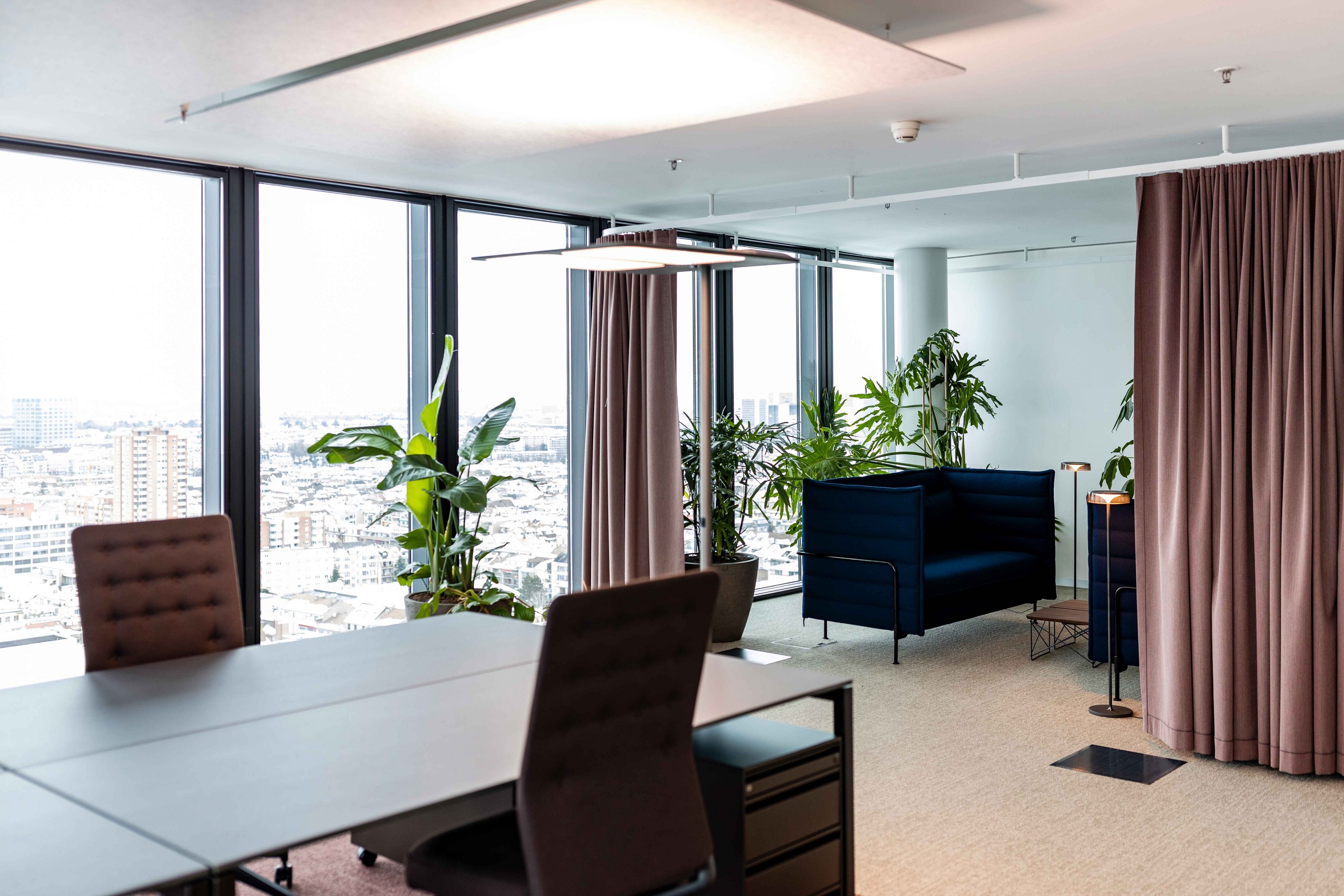
Better air leads to a better climate
Swiss Prime Site is already successfully using such a solution at the Messeturm in Basel. The readings reveal that this is improving the air quality in a sustainable way. Greening with plants has a humidifying effect, provides natural noise protection and helps to lower stress levels. The air conditioning system is part of the «healthy building ecosystem» and distributes the purified interior air by zone, at the right temperature for each. This is made possible by sensors that monitor heat, cold, pressure and the CO2 content of the indoor air on an ongoing basis and trigger control commands if the readings stray from the optimum.
The article is published as part of NZZ RED. Author: Bastian Zarske Bueno, Head Group Corporate Ventures & Innovation. Learn more about sustainable measures at Messeturm:
www.messeturmbasel.ch
